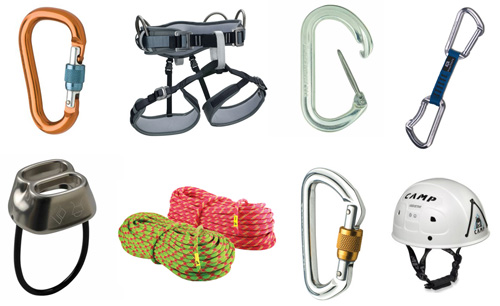Last night Mary and I went to a Chinese New Year party that one of Mary’s friends was throwing at a winery in Zillah. Replete with loads of Chinese food, saki, and Chinese beer. I woke this morning a bit headachey and lethargic, so I decided to shake the cobwebs by running the dogs. We raced out under an emerging pastel sky and chased each other and a deflated basketball around the park. One of those slightly frosty mornings that you don’t mind because you can sense the warmth of the day coming. Nippy, but not face-covering nippy. The dogs had a blast and it was nice to have the early morning park all to ourselves
I also spent a couple of hours this morning knocking out our tax returns for the year. We’re not getting a ton back (couple hundred), but at least we’re not paying either like we had to a couple years back. It’s enough at least that I can justify my recent rock-climbing gear spending spree. I’ve decided that this is the year that I start getting into sport climbing. What is sport climbing you say? Here’s a rip from REI’s website:
Sport climbing is more like a sprint than a marathon. It involves high-intensity, difficult climbing on relatively short routes. Its distinguishing characteristics include preplanned routes, fixed anchors and an emphasis on the physical aspect of the climb rather than the destination or summit.
In sport climbing, it’s normal and expected for a climber to fall, often repeatedly, as he or she works out a difficult move. In traditional climbing, the climber typically takes care not to fall and stress the anchors he or she is placing. Again, it’s the journey rather than the destination that is the focus of sport climbs.
Because the emphasis is on the moves, sport climbers don’t place their own protection, but clip into preplaced bolts with metal hangers. It takes time, energy and strength to carry a full rack of gear and place protection—time and energy that sport climbers would rather spend on the difficult moves and problem solving involved.
Sport climbing is extremely popular because of its versatility. Bolted routes can be found indoors or out, on real rock “crags” (nearby climbing cliffs that are usually easily accessible) or on artificial walls at a gym or a competition arena. Climbers can enjoy being on the “sharp end” of the rope—that is, leading the climb—without knowing how to place chocks or camming devices.
We have quite a few high quality bolted routes around here, notably near Tieton (about twenty minutes from our house) and near Vantage (about an hour away). Or heck even Smith Rock near Bend, OR is only a four hour drive. Joshua Tree, obviously, is another great spot with tons of bolted routes.
At some point it’d be fun to get off the bolts and start leading up more interesting off-the-beaten-path routes, but that’ll be a few more bucks in gear than I’m willing to spend right now. And I suppose I should probably make sure that I enjoy it, though I can’t imagine otherwise.
In high school and college I sporadically climbed (top roped) indoors at a gym in downtown GR and loved every minute of it. So long as I can find a consistent climbing partner, climbing on real rock should be extra amusing. I can say unabashedly that rock climbing is one of those few activities that I really have a natural build for: strong shoulders, back, and forearms, pretty lean elsewhere. And a natural proclivity. I think every little kid likes to climb on stuff, but I still find myself dangling from trees or swinging from monkey bars on my lunch breaks at work. I expect to get good use out of the gear that I’ve acquired over the past few weeks:

I can easily see you doing that kind of climbing, Josh. Happy to see that helmet with ths rest of your gear!
Yup, keeping that noggin intact.